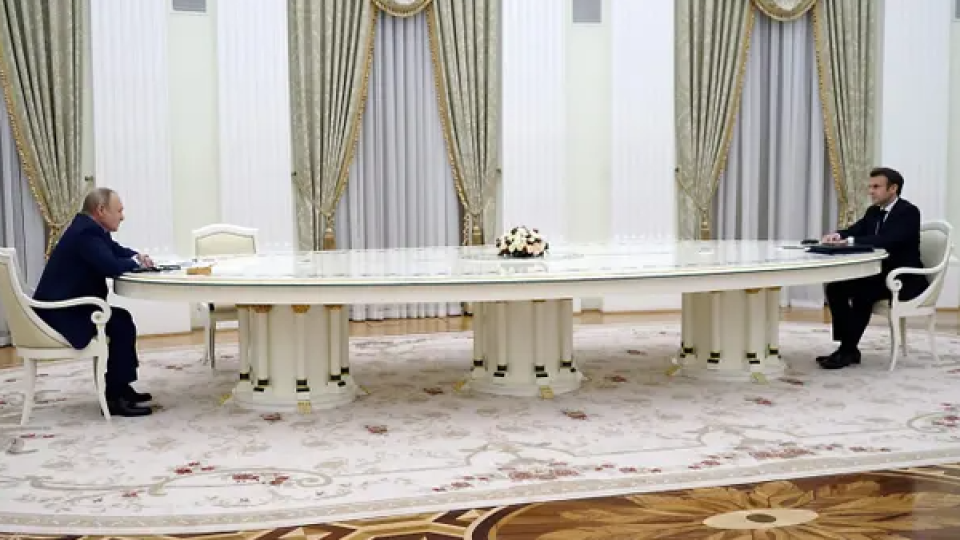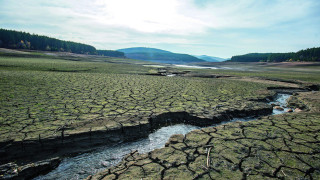hy did Vladimir Putin invade Ukraine and try to capture Kyiv in February 2022, and not years earlier? Moscow has always wanted to dominate Ukraine, and Putin has given the reasons for this in his speeches and writings. Why then did he not try to take all or most of the country after the Ukrainian revolution of 2014, rather than only annexing Crimea, and giving limited, semi-covert help to separatists in the Donbas?
On Friday’s one-year anniversary of Russia’s criminal invasion of Ukraine, it is worth thinking about precisely how we got to this point – and where things might be going.
Indeed, Russian hardliners spent years criticising their leader for not invading sooner. In 2014, the Ukrainian army was hopelessly weak; in Viktor Yanukovych, the Russians had a pro-Russian, democratically elected Ukrainian president; and incidents like the killing of pro-Russian demonstrators in Odesa provided a good pretext for action.
The reason for Putin’s past restraint lies in what was a core part of Russian strategy dating back to the 1990s: trying to wedge more distance between Europe and the United States, and ultimately to create a new security order in Europe with Russia as a full partner and respected power. It was always clear that a full-scale invasion of Ukraine would destroy any hope of rapprochement with the western Europeans, driving them for the foreseeable future into the arms of the US. Simultaneously, such a move would leave Russia diplomatically isolated and dangerously dependent on China.
This Russian strategy was correctly seen as an attempt to split the west, and cement a Russian sphere of influence in the states of the former Soviet Union. However, having a European security order with Russia at the table would also have removed the risk of a Russian attack on Nato, the EU, and most likely, Ukraine; and allowed Moscow to exert a looser influence over its neighbours – closer perhaps to the present approach of the US to Central America – rather than gripping them tightly. It was an approach that had roots in Mikhail Gorbachev’s idea – welcomed in the west at the time – of a “common European home”.
At one time, Putin subscribed to this idea. He wrote in 2012 that: “Russia is an inseparable, organic part of Greater Europe, of the wider European civilisation. Our citizens feel themselves to be Europeans.” This vision has now been abandoned in favour of the concept of Russia as a separate “Eurasian civilisation”.
Between 1999, when Putin came to power, and 2020, when Biden was elected president of the US, this Russian strategy experienced severe disappointments, but also enough encouraging signs from Paris and Berlin to keep it alive.
The most systematic Russian attempt to negotiate a new European security order came with the interim presidency of Dmitry Medvedev from 2008 to 2012. With Putin’s approval, he proposed a European security treaty that would have frozen Nato enlargement, effectively ensured the neutrality of Ukraine and other states, and institutionalised consultation on equal terms between Russia and leading western countries. But western states barely even pretended to take these proposals seriously.











Leave a comment